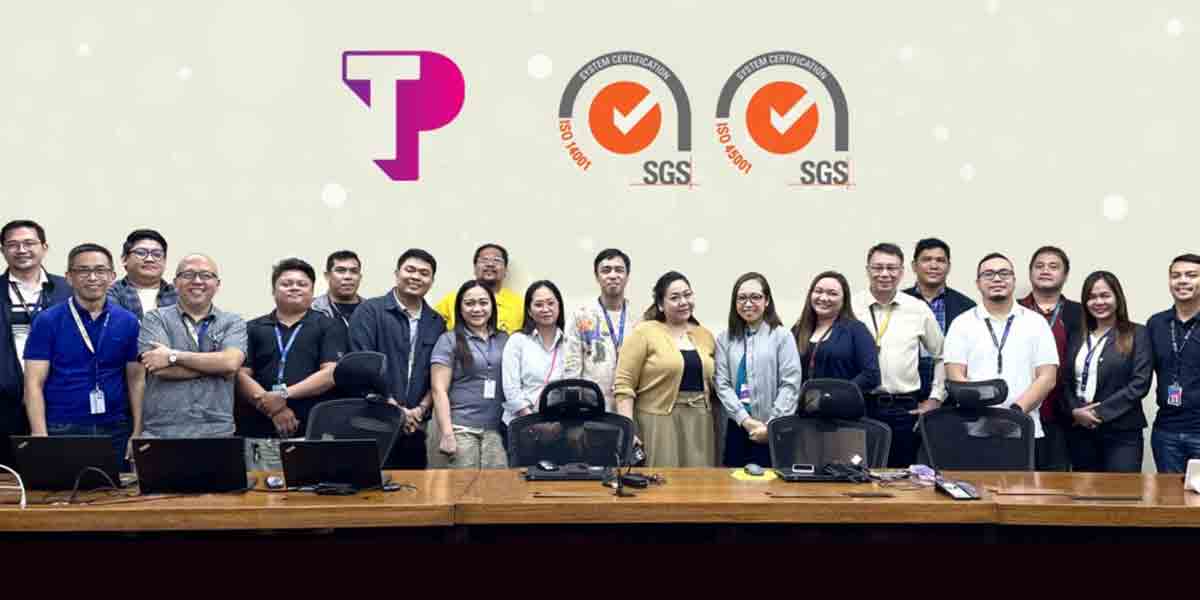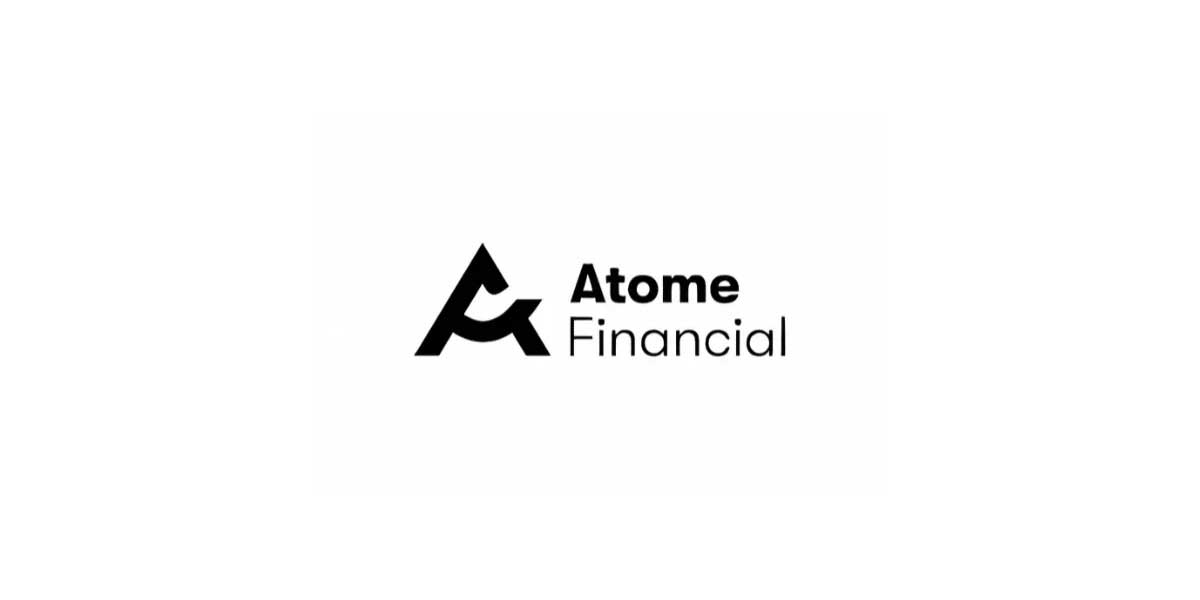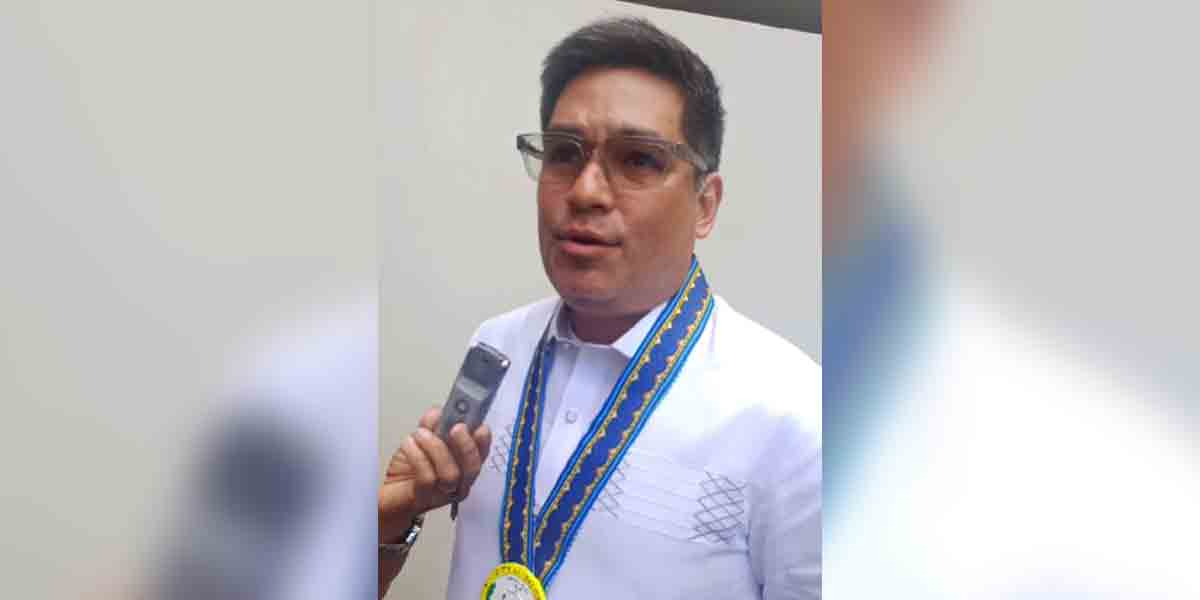The Securities and Exchange Commission (SEC) is calling on corporations to encourage greater stakeholder involvement in their governance by allowing shareholders or members to participate in meetings virtually.
The Commission reiterated the provisions of Republic Act No. 11232, or the Revised Corporation Code of the Philippines, which allow for the participation of directors or trustees, officers, and shareholders or members in corporate meetings through remote communication.
The SEC issued the implementing rules through SEC Memorandum Circular No. 6, Series of 2020, as travel restrictions and other stringent public health protocols were imposed to curb the outbreak of COVID-19.
The Commission, however, clarified that allowing participation in corporate meetings through remote communication or in absentia was not an interim measure meant to take effect only during the pandemic. Moving forward, corporations may continue holding meetings through remote communication or other alternative modes, as provided under the Revised Corporation Code.
“The provisions of the Revised Corporation Code for the virtual participation of shareholders or members, directors or trustees, and officers in meetings allow for greater stakeholder involvement in corporate governance,” SEC Chairperson Emilio B. Aquino said.
“Stronger stakeholder engagement brings in more insights that could translate to wellgrounded decisions and innovations, as well as it promotes transparency and accountability in the decision-making. All these will ultimately redound to the benefit of the corporation.”
Board Meetings
Under the Guidelines, the corporate secretary may send notice of meetings to directors or trustees through email, messaging services or such other manner provided in the corporation’s bylaws or by board resolution.
The notice shall include, among others, all pertinent materials for discussion which shall be numbered and marked in such a manner that the director or trustee can easily follow and participate in the meeting.
The company shall develop the internal procedures for the conduct of board meetings through remote communication or other alternative modes to address administrative, technical and logistical issues.
Directors or trustees who intend to participate in a meeting through remote communication shall notify in advance the presiding officer and corporate secretary.
The directors or trustees shall be deemed present for the purpose of attaining quorum. During the roll call, they shall state their location, specify the device they are using and confirm that they can clearly hear and/or see the other attendees, among others.
In deciding any item or matter in the agenda, the directors or trustees may cast their votes through email, message services or such other manner allowed in the internal procedures.
The corporate secretary shall ensure, among others, that the directors or trustees can communicate with and understand each other during the meeting, that the visual and audio recordings of the meeting are secured, and that attendees will sign the minutes of the meeting, whenever practicable, within a reasonable time after the meeting.
Stockholder, member meetings
In stockholders’ or members’ meetings, the written notice of meetings may likewise be sent to stockholders or members through email or such other similar manner as may be provided in the corporation’s bylaws.
The notice shall include the requirements and procedures to be followed when stockholders or members are allowed to participate by remote communication or in absentia, and the manner of casting of votes and the period during which votes by remote communication or in absentia will be accepted.
Notwithstanding the provision for participation through remote communication, the presiding officer shall call and preside the stockholders’ or members’ meetings, whether regular or special, at the principal office of the corporation, or in the city or municipality where the principal office is located.
Stockholders or members shall notify in advance the presiding officer or corporate secretary of their intention to participate through remote communication.
Stockholders or members who participate through remote communication or in absentia shall be deemed present for purposes of attaining quorum.
In the election of directors, trustees and officers, stockholders or members may exercise their right to vote in person, through a proxy or, when so authorized in the corporation’s bylaws, through remote communication or in absentia.
The right to vote of stockholders or members may be exercised also through remote communication or in absentia when authorized by a resolution of the majority of the board. The resolution, however, shall only be applicable for a particular meeting.
In corporations vested with public interest, stockholders or members may vote through remote communication or in absentia in the election of directors, trustees and officers notwithstanding the absence of a provision in the corporation’s bylaws.
Corporations shall issue their own internal procedures embodying the mechanisms for participation in meetings and voting through remote communication or in absentia.
The internal procedures may take into account the number of shareholders or members and their location, the importance of the matters to be discussed and voted upon in the meeting, promotion of minority rights and other factors consistent with the protection and promotion of shareholders’ or members’ rights.
The internal procedures shall provide, among others, mechanisms to verify the identity of stockholders or members and who among them have the right to vote during the meeting, and to enable stockholders or members to vote during the meeting and ensure that the integrity and secrecy of the votes are protected.
Corporations shall also adopt measures to ensure that all stockholders or members have the opportunity to participate in the meeting including an opportunity to read or hear the discussion substantially.
In addition, the internal guidelines shall include procedures for documenting the meeting and any process or motion which may be done afterwards, and a mechanism to make the record of the meeting, either in video or audio format, available to stockholders or members.



















